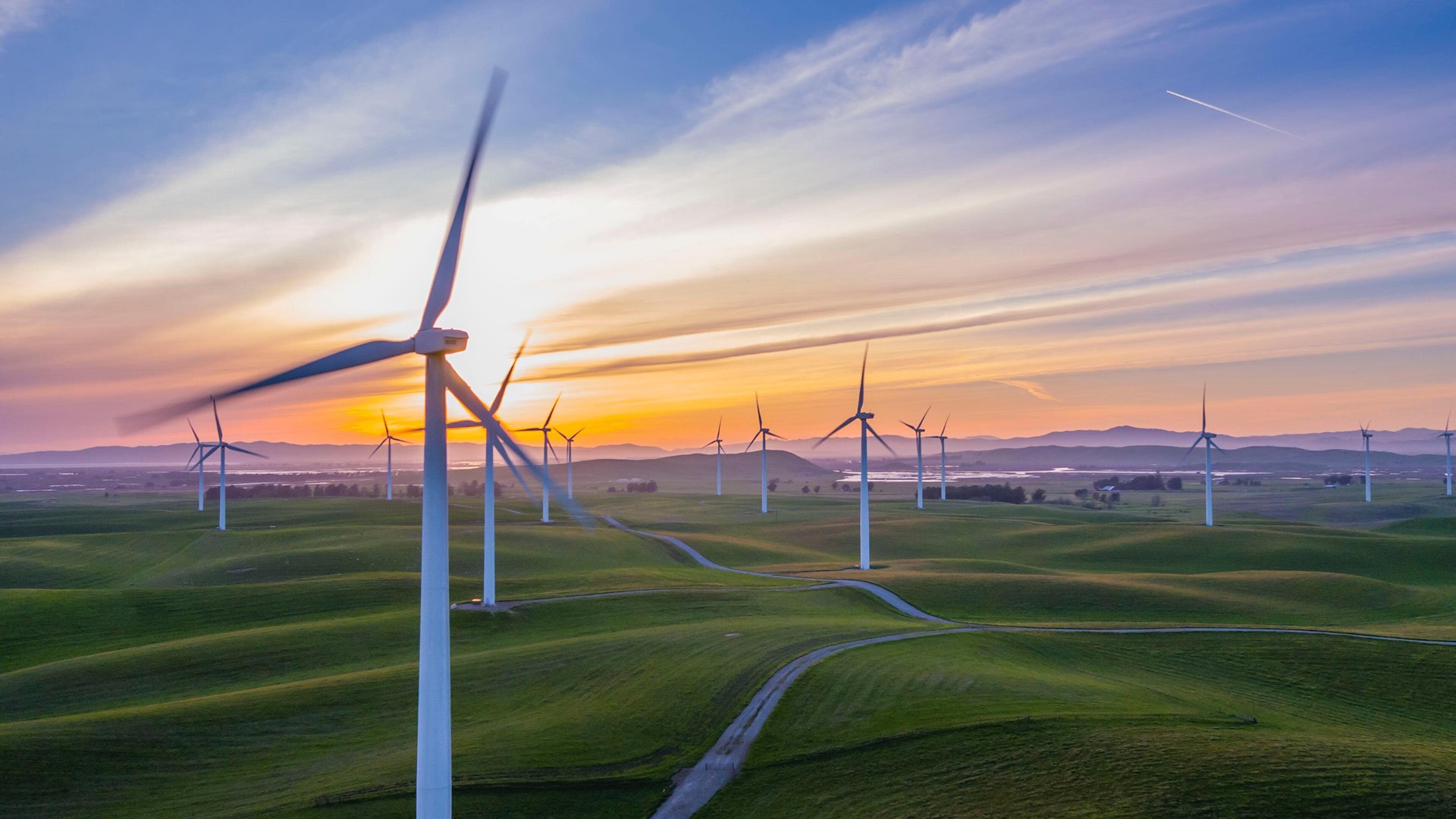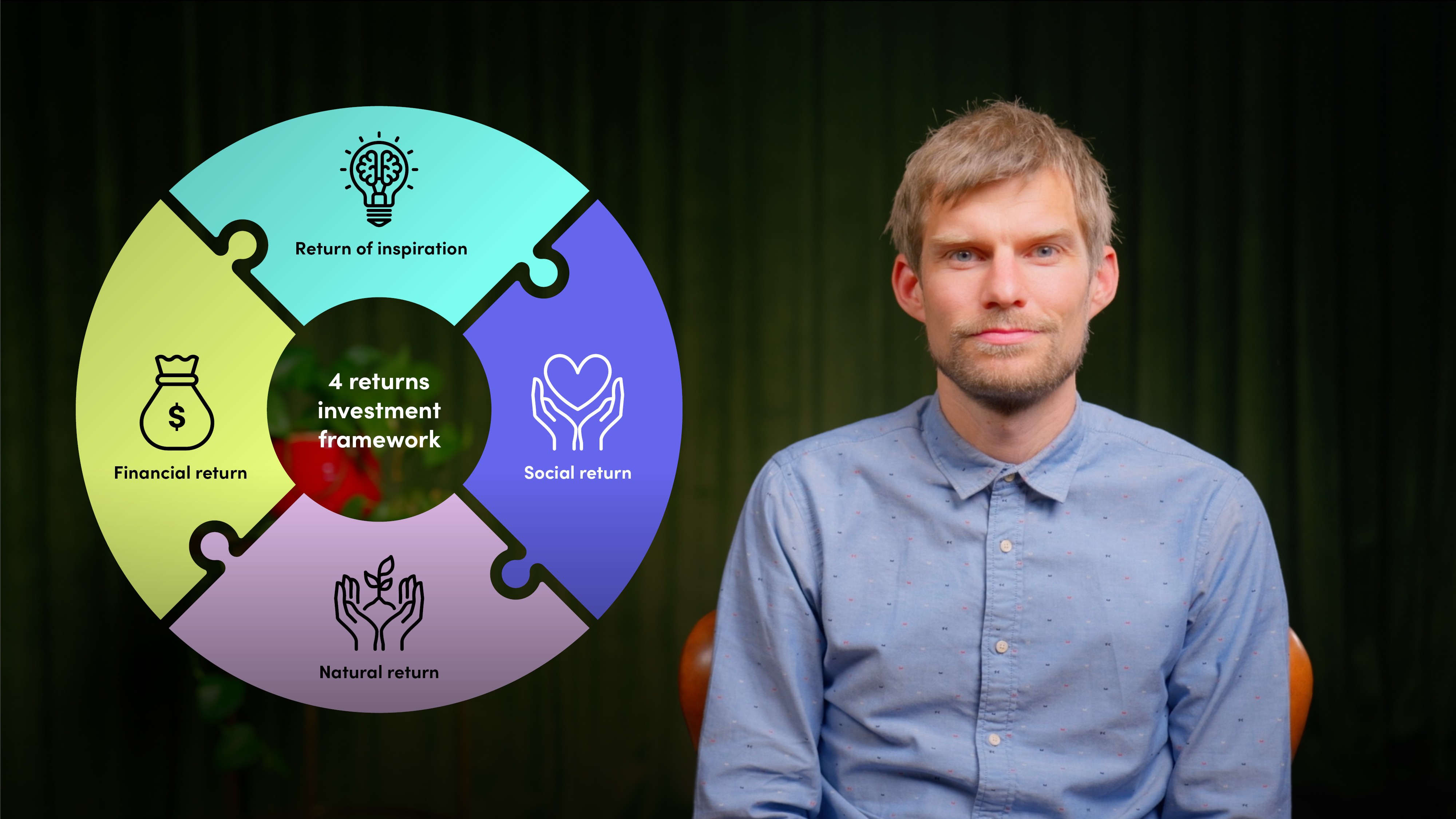
Community-Supported Agriculture (CSA)
Community-supported agriculture (CSA), also known as cropsharing, is a direct marketing model that connects farmers and consumers through a mutual commitment to share the risks and rewards of local food production. Consumers purchase a "share" of a farm's harvest in advance, providing the farmer with a stable source of income and a guaranteed market for their produce. In return, these consumers receive a regular supply of fresh, seasonal, and often organic fruits and vegetables, as well as other goods like meat, eggs, and milk. CSA aims to support small-scale agriculture, strengthen local food systems, and foster a sense of community and connection between farmers and consumers.






























